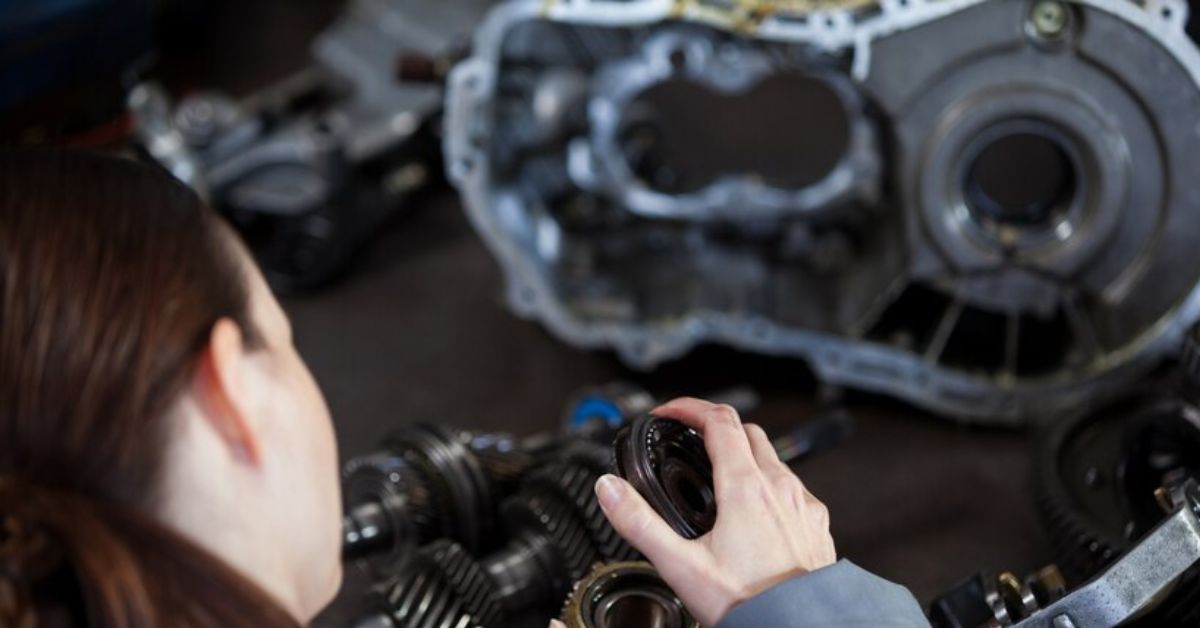A vehicle’s clutch is a crucial component that allows for smooth gear shifting and optimal performance. Over time, wear and tear can take a toll, leading to various issues that indicate it’s time for a replacement. Ignoring these signs can result in further damage and costly repairs. Here are the key signs that your clutch may need to be replaced.
1. Difficulty in Shifting Gears
If you find it hard to shift gears, especially when moving from neutral to first gear or between other gears, it could be a sign of clutch failure. A dragging or sticking clutch makes gear changes difficult, which can affect your driving experience and vehicle performance.
2. Slipping Clutch
A slipping clutch occurs when the engine revs increase, but the vehicle doesn’t accelerate accordingly. This could be due to worn-out friction material on the clutch plate, making it unable to engage properly. This issue is more noticeable when driving uphill or under heavy loads.
3. Burning Smell
A strong burning smell, especially when shifting gears or driving in heavy traffic, may indicate excessive clutch wear. This smell is caused by overheating due to friction between the clutch disc and the flywheel. Ignoring this sign can lead to complete clutch failure.
4. Unusual Noises
If you hear grinding, squeaking, or rattling noises when pressing the clutch pedal, it could signal a worn-out clutch plate or issues with the release bearing. These noises often worsen over time, indicating the need for immediate attention.
5. Clutch Pedal Feels Soft or Spongy
A clutch pedal that feels too soft, spongy, or requires excessive pressing to engage gears may indicate hydraulic fluid leaks or worn-out components. If you notice these symptoms, it’s best to have your clutch system inspected by a professional.
6. Clutch Pedal Sticking or Staying Down
If your clutch pedal doesn’t return to its normal position after being pressed or feels like it’s sticking, it could be a sign of a failing clutch mechanism. This can be caused by problems with the clutch master cylinder, slave cylinder, or hydraulic system.
7. Vibrations or Jerky Movements
Experiencing vibrations or jerky movements when engaging the clutch is another warning sign. This may indicate an unevenly worn clutch plate, a warped flywheel, or an issue with the pressure plate.
8. Reduced Acceleration Power
If your car struggles to accelerate despite increasing RPMs, your clutch may not be transferring power efficiently. This is often a clear sign that the clutch is worn and requires replacement.
If you notice one or more of these signs, it’s crucial to have your vehicle inspected by a professional mechanic. Delaying clutch repairs can lead to more significant issues, including transmission damage. Most clutches last between 50,000 to 100,000 miles, but driving habits, road conditions, and maintenance can affect longevity. Replacing your clutch with a high-quality kwi clutch kit can help improve performance and extend the life of your vehicle.
Conclusion
Your clutch plays a vital role in your vehicle’s performance, and recognizing the warning signs early can save you from costly repairs. If you experience difficulty shifting gears, slipping, unusual noises, or other signs mentioned above, consult a mechanic as soon as possible. Regular maintenance and prompt replacements can ensure a smoother and safer driving experience.











